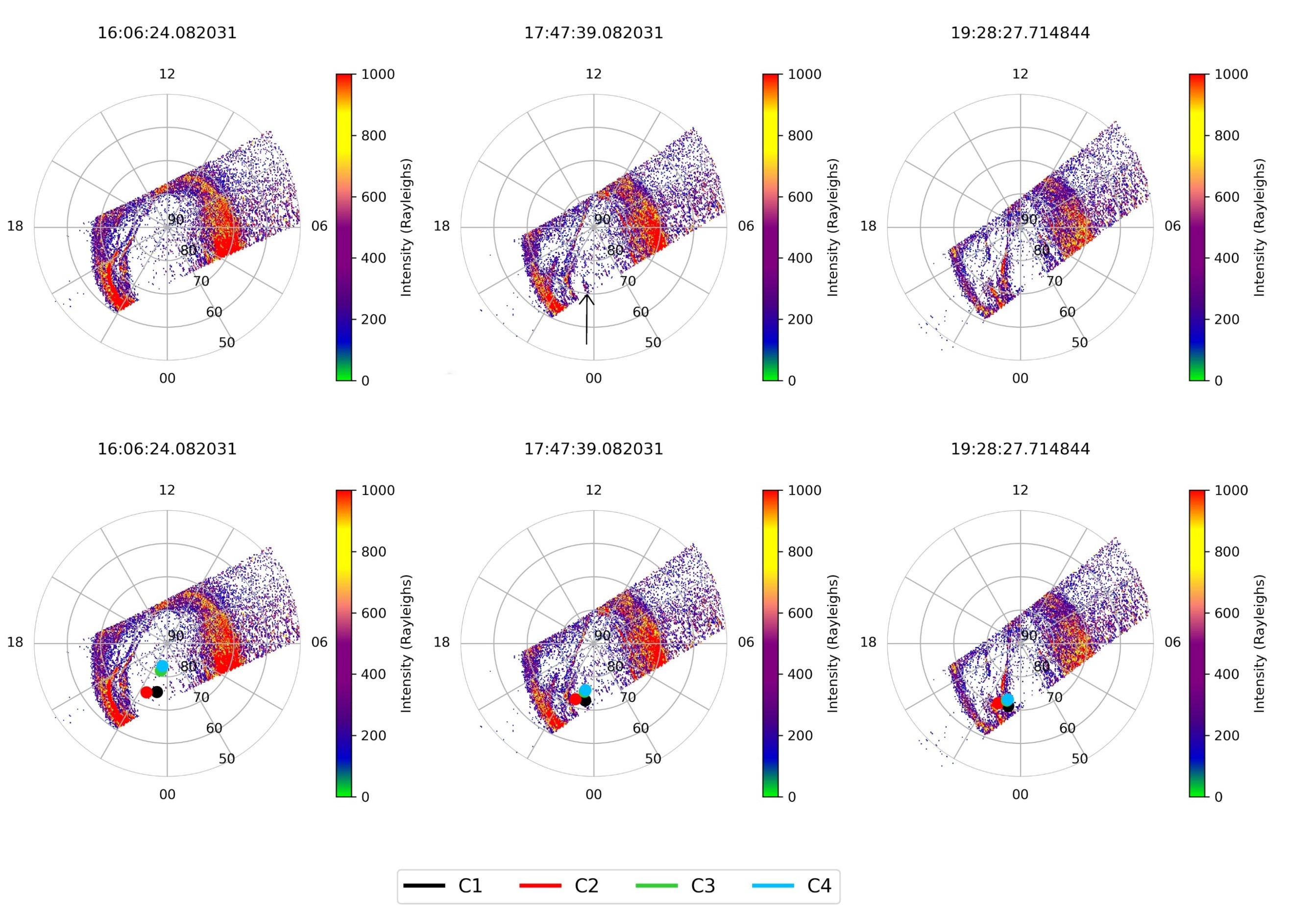MIST
Magnetosphere, Ionosphere and Solar-Terrestrial
Observations of closed magnetic flux embedded in the lobes during periods of northward IMF
By Laura Fryer (University of Southampton)
The coupling between the Interplanetary Magnetic Field (IMF) and the magnetosphere has been extensively studied over the last few decades. This has been facilitated by the launch of multiple spacecraft, such as ESA’s Cluster mission (Escoubet et al 2001), which probes different regions of the Earth's magnetosphere. There have been many studies dedicated to understanding the response of the magnetosphere during more turbulent southward orientated IMF conditions, however, there is still great uncertainty in our understanding of how the magnetosphere, particularly the magnetotail, responds to northward IMF. In general, the lobes in the Earth's magnetotail are typically described as having cool, low energy and often low density plasma populations and therefore hot plasma observations are unexpected in these regions of the magnetosphere. Despite this, there have been a small number of studies reporting energetic plasma populations in the lobes during northward IMF conditions (Huang et al 1987, Shi et al 2013, Fear et al 2014).
We present three case studies which show hot plasma embedded in the lobes of the magnetosphere. For two of these case studies, simultaneous observations of the plasma sheet confirmed that the energies observed within the lobe were directly comparable in magnitude to the populations in the plasma sheet. In addition to this, we observed plasma characteristics which indicated that the plasma is likely to be on closed field lines (evidenced by electron pitch angle distributions and variation in motion of the spacecraft). Tracing the footprint of these field lines to ionospheric altitudes revealed that in each Event, the footprint intersected with a transpolar arc. An example of this for Event 2 can be seen in Figure 1, which shows the footprint of each of the Cluster spacecraft in the tetrahedron, intersecting with a transpolar arc. This provided further evidence to suggest that the energetic plasma was likely to form on closed field lines and could be explained well by the result of recent magnetotail reconnection during northward IMF conditions, a mechanism proposed by Milan et al 2005 to explain the formation of transpolar arcs.

Figure 1: SSUSI (DMSP-F16) FUV auroral observations from the Northern Hemisphere. The panels show the images taken from 16:06 UT to 19:28 UT for Event 2. The data is plotted in AACGM coordinates (magnetic latitude, MLT). The top three images are repeated in the bot-tom row but overplotted with the footprints of Cluster 1, 2, 3 and 4. This has been traced using the T96 model (Tsyganenko, 1996) to an altitude of 120km and are represented by black, red, green and blue circles respectively.
Please see the paper for full details:
Fryer, L. J., Fear, R. C., Coxon, J. C., & Gingell, I. L. (2021). Observations of closed magnetic flux embedded in the lobes during periods of northward IMF. Journal of Geophysical Research: Space Physics, 126, e2021JA029281. https://doi.org/10.1029/2021JA029281